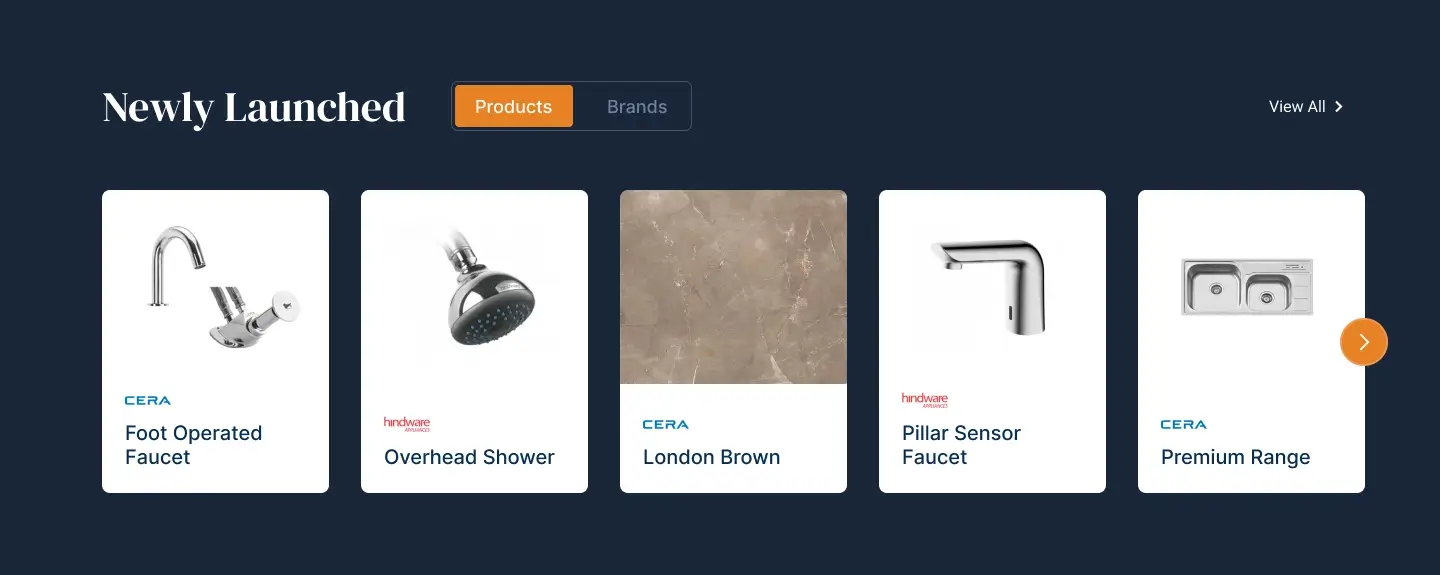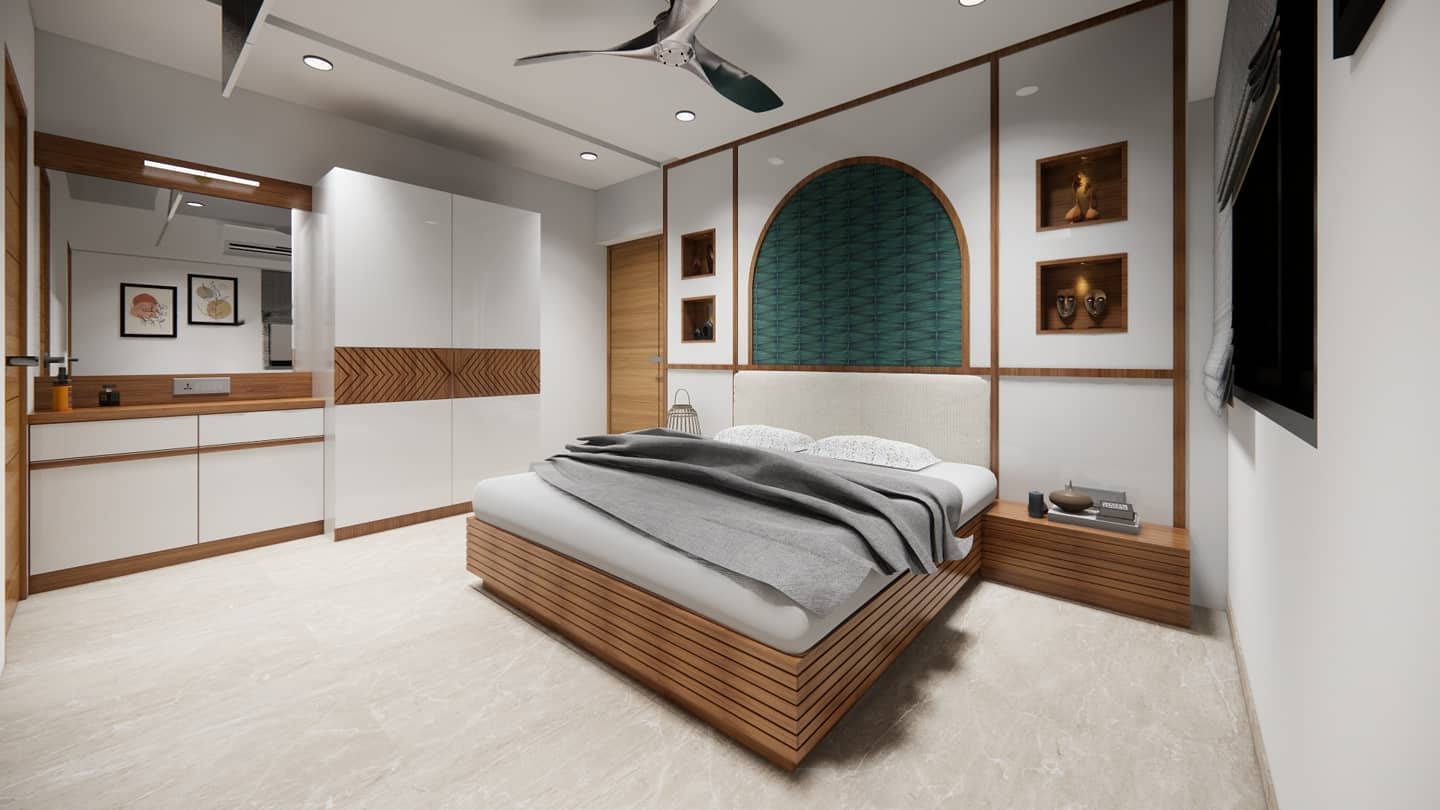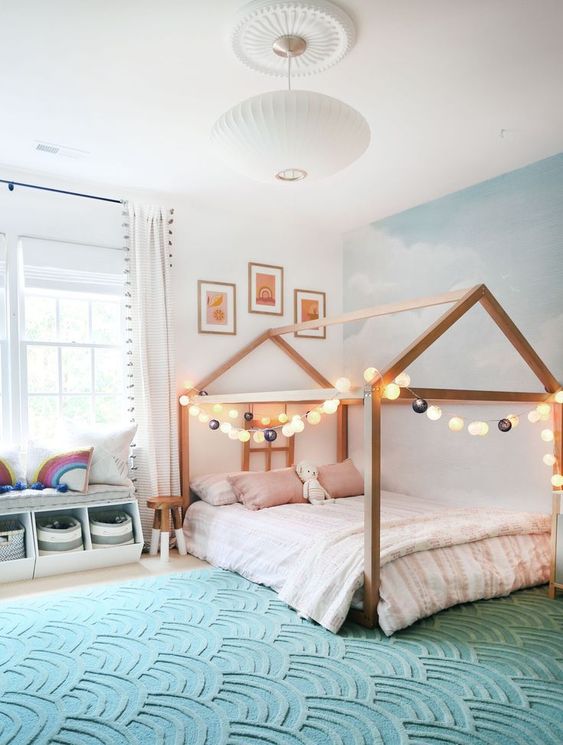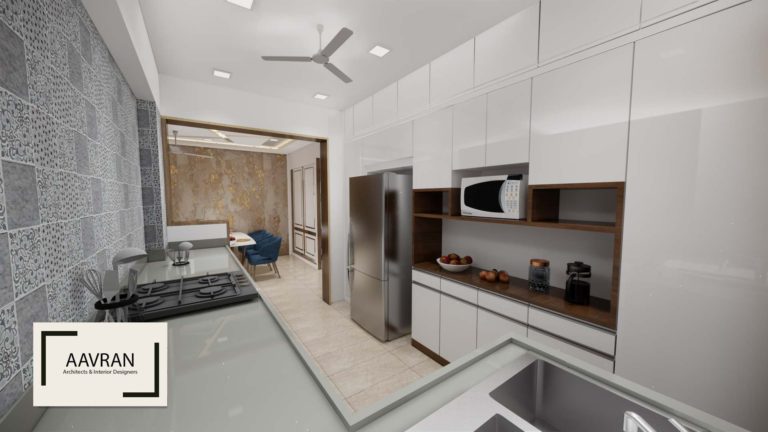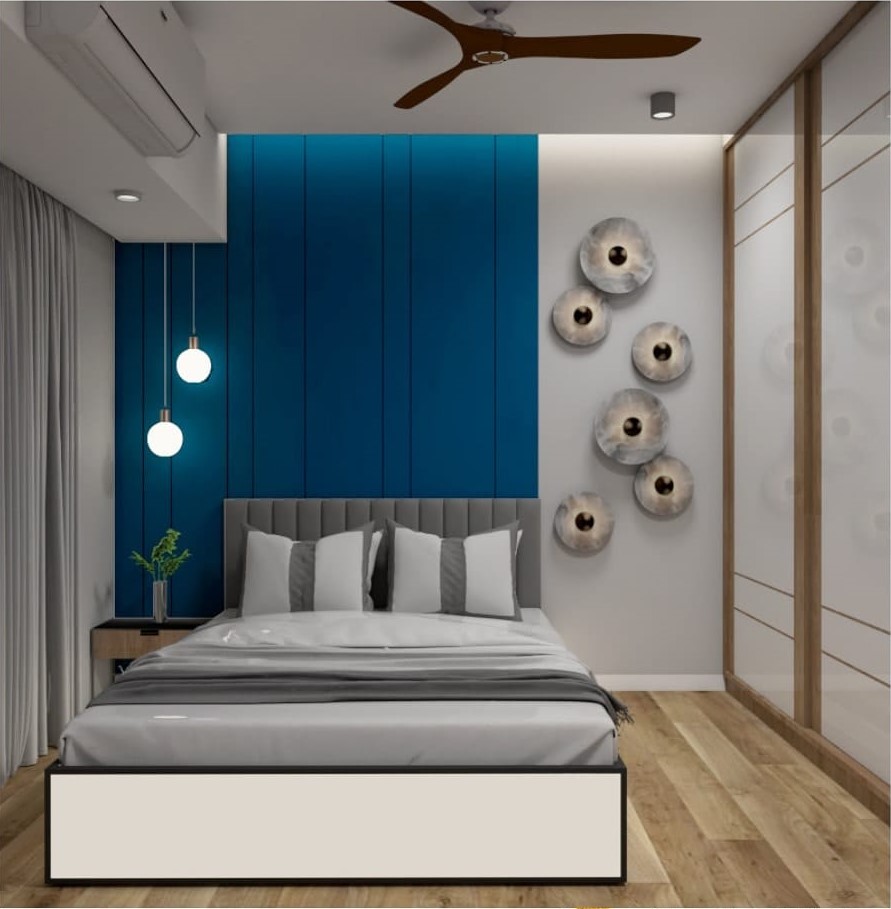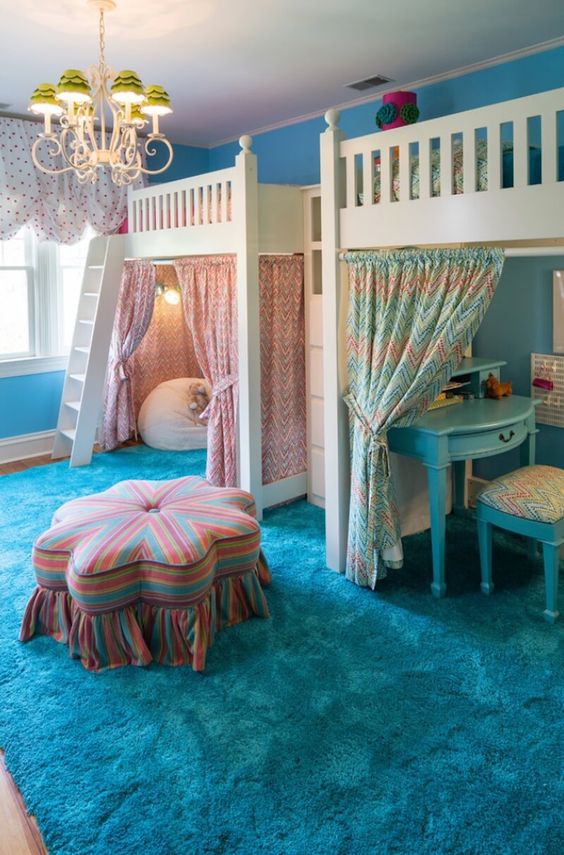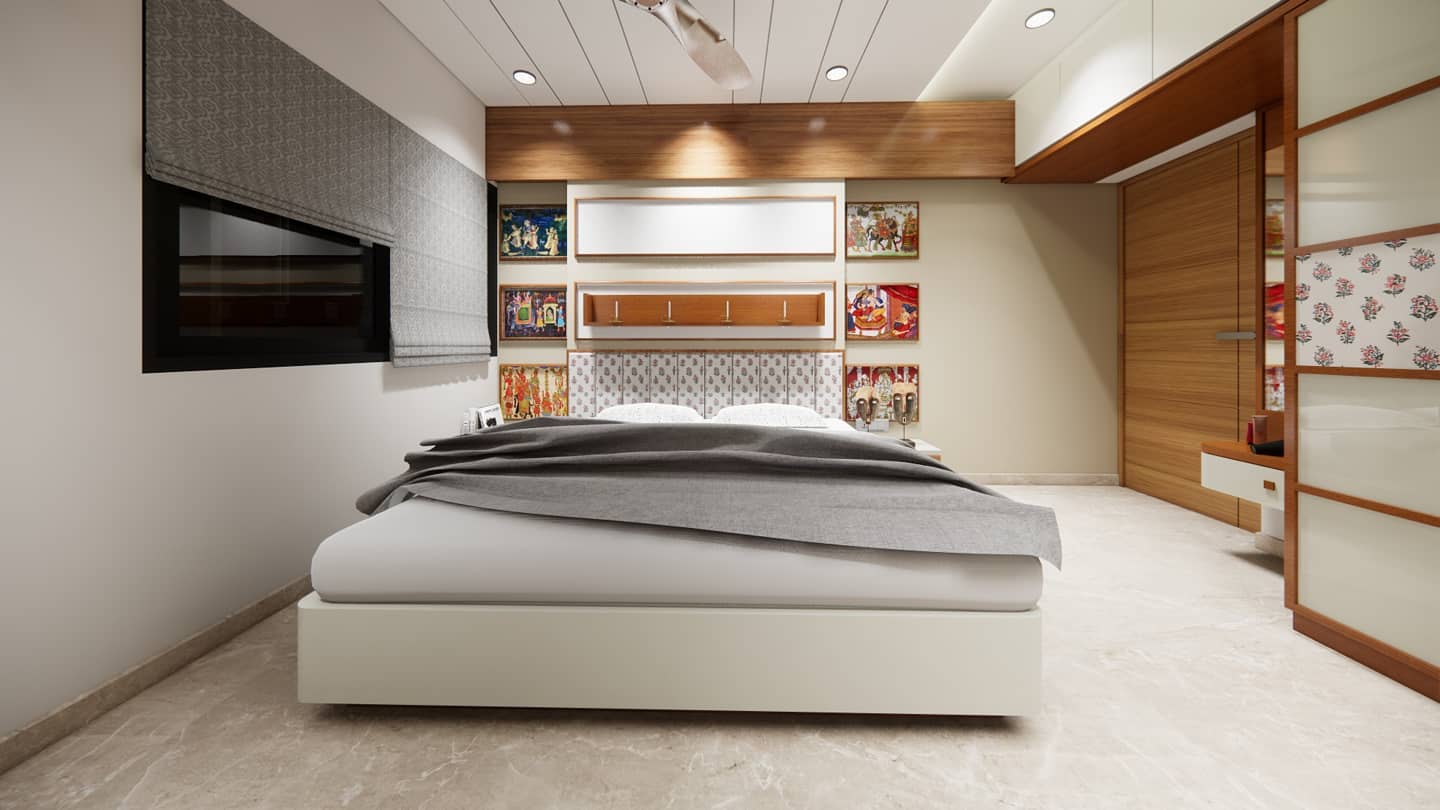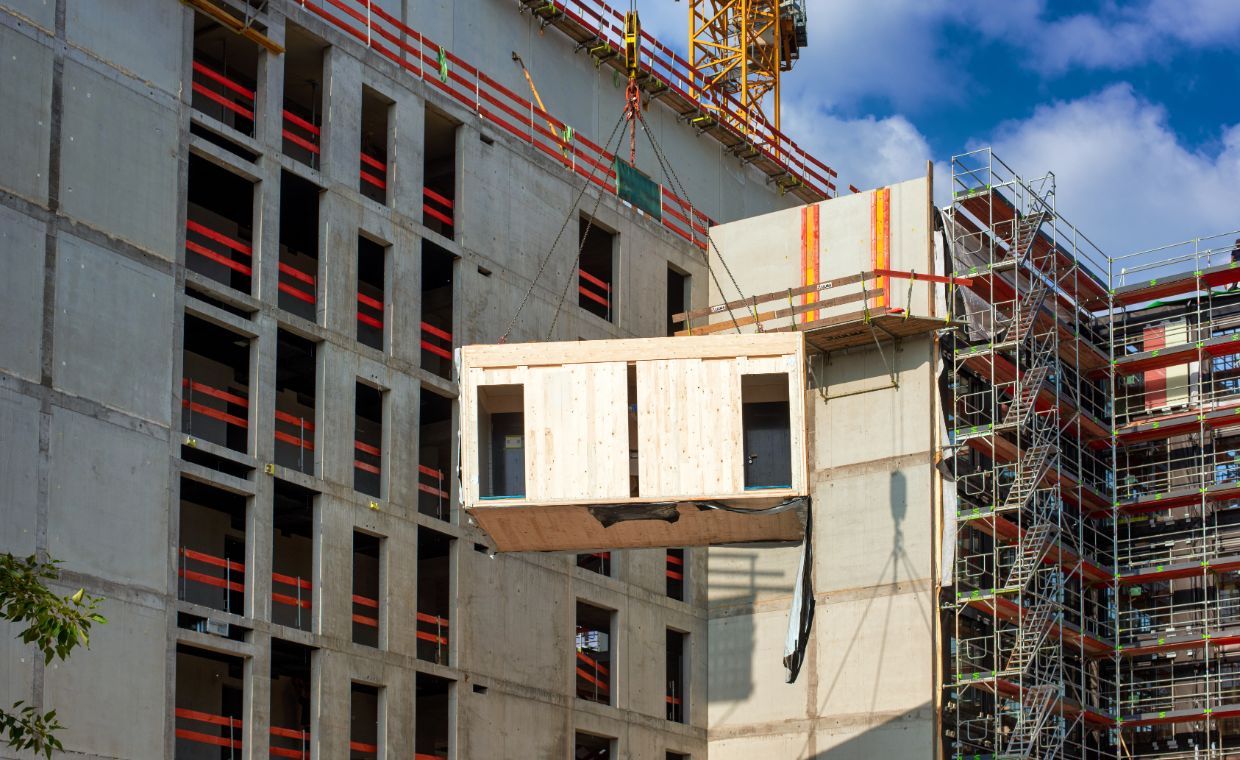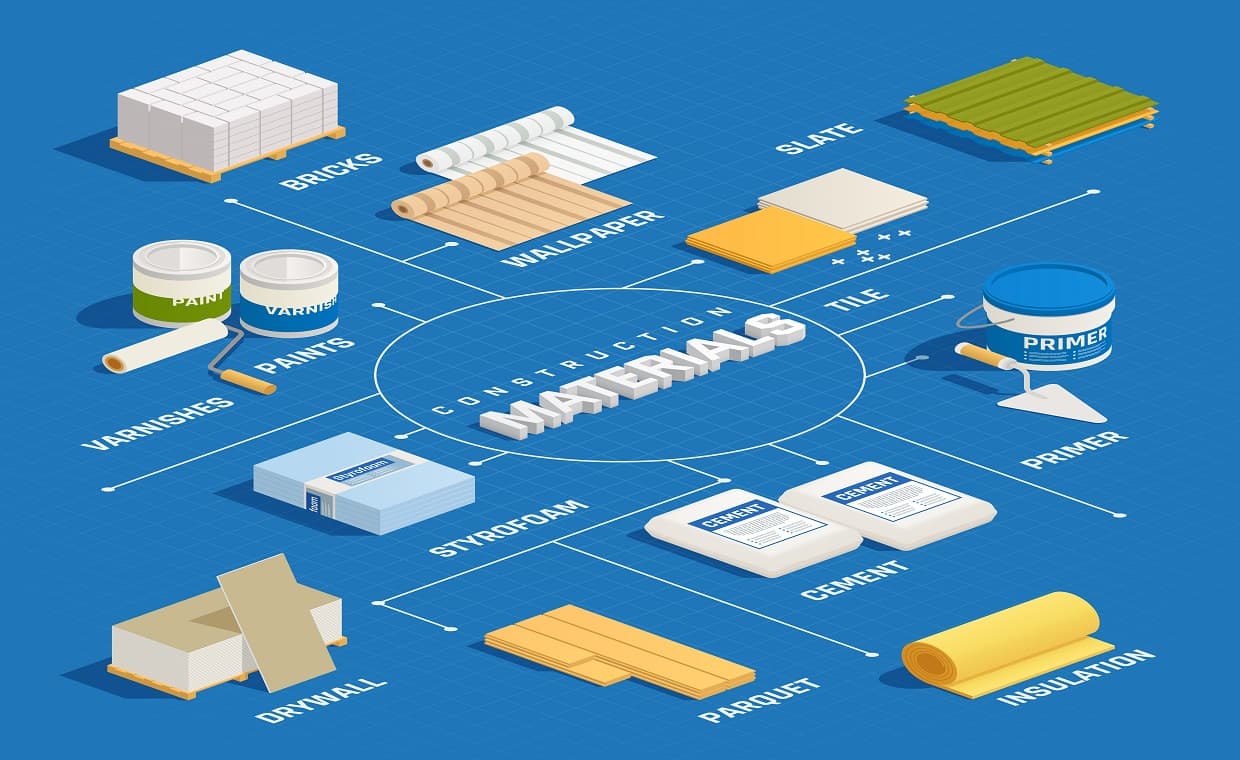
Table of Contents
Quick Review
- Choosing the right material for your home renovation is an important task. A material buying guide for home renovation enlists the key factors to consider when selecting building materials.
- Do not fall for trendy or cheap material options. Choose materials that are long-lasting and have good resistance to climatic changes.
- Magazines can sometimes lead to poor material choices as they are region-specific. What works well in one part of the world may not necessarily suit another.
- Opt for quartz countertops, engineered hardwood, ceramic tiles, metal roofs, etc., over cheaper alternatives.
- Choose suppliers who understand your project’s environmental and structural requirements.
- Ensure that the materials you select meet local building codes.
- Consult your contractor and order materials based on accurate measurements to avoid overbuying or underbuying.
- Do not compromise on materials that directly affect the safety and structural integrity of your home.
The materials you choose can either make your home renovation a triumph or a total nightmare. And if you’re planning a whole home renovation, selecting the wrong materials can be a huge headache, especially if you are dealing with heat, humidity, and hurricanes. That’s why you shouldn’t just decide on colors and finishes. You need to consider what holds up against the unique conditions.
To guide you, here’s how Home remodeling professionals select materials that match both vision and demands. Not the fantasy version you see on Instagram, but the version that actually stands the test of time.
The Climate Isn’t Forgiving, and Neither Are Poor Material Choices
It is not ideal to install trendy flooring and expect them to last long. High humidity levels can easily damage your trendy floors. Heat and UV exposure can bleach finishes, while storm seasons demand serious structural durability. That rustic shiplap look might be charming, but untreated wood on the exterior of your house can become an open invitation to rot and termites.
So when you’re shopping for materials, focus on performance under pressure, not just for appearance. Consider selecting water-resistant flooring, wind-rated roofing materials, and pest-resistant lumber, among other things. It might not be so glamorous, but it’s what makes the glamorous parts actually last.
Magazines Don’t Live Here, You Do
There’s nothing wrong with basing your renovation choices on magazine spreads or Pinterest boards. But what works in California or New York often falls flat in some areas. For instance, solid hardwood flooring may be stunning, but in a humid climate, it’s prone to cupping and warping. Instead, engineered hardwood or luxury vinyl planks offer a similar aesthetic without the moisture-related headaches.
In the kitchen, quartz countertops are a far better long-term investment than laminate, which tends to peel under the pressure of heat and spills. For bathrooms, porcelain or ceramic tile is far more resistant to mildew than cheaper alternatives. Even with roofing, architectural shingles or metal roofs outperform those budget 3-tab options.
Function should always take precedence over flash. But when done right, you can absolutely have both.
Why Work with Suppliers Aligned to Your Project Goals
It’s tempting to go big-box when you’re trying to save money, but just a warning: many retailers carry materials not suited for different climates. Worse, they may cause delayed shipments, poor customer service, and generic advice that doesn’t take local building codes into account.
Suppliers who understand your project’s environmental and structural requirements are the best place to start your material search. You’ll find better quality, better service, and materials that actually work in your area. They stock products suited for humidity and rainfall, and they’re more likely to have knowledgeable staff who can give you accurate recommendations.
When you work with a contractor, you also gain access to their network of trusted suppliers who provide great pricing and quick turnaround times, giving you more value and faster results.
Permits, Codes, and the High Cost of Ignorance
The materials you choose need to meet local codes. Every place has specific building regulations around things like insulation R-values, wind ratings for windows, and even foundation waterproofing. If you choose the wrong materials, you might end up making costly adjustments once the inspector comes by, which happens more often than most expect.
For example, cheap windows that can be found online might not have the wind resistance rating required by certain codes. Or the insulation doesn’t meet the minimum R-value for energy efficiency. This can make the “budget-friendly” materials cost double because you have to replace them with the right ones.
Always double-check with your contractor or the city permit office before making any major purchases. Learn how to plan a remodel that adds long-term value and helps you avoid costly mistakes.
Overbuying and Underbuying: Two Sides of the Same Problem
Getting your material quantities right can be trickier than it looks. When you underbuy, the entire project may be delayed while waiting for more to arrive. Overbuy, and that’s a waste of money and storage space. The best solution is to consult with your contractor and order materials based on accurate measurements with a built-in buffer, especially for items like flooring, tile, and paint, where waste and miscuts are common.
Paint and tile often require 10 – 15% overage for blending or touch-ups. On the flip side, you don’t need to order “extra” windows, doors, or plumbing fixtures. Just make sure those exact items are in stock and confirmed before work begins.
Know When to Splurge and When to Save
One of the most overlooked aspects of material buying is knowing where to allocate your budget. Some parts of your home, like the roof, windows, and insulation, directly affect your home’s safety and energy efficiency. These are worth spending more on. Others, like lighting fixtures or cabinet boxes, can be upgraded later or sourced affordably without much sacrifice.
A good rule of thumb is to spend where failure is expensive, where cutting corners could mean structural damage, code violations, or rapid deterioration. Save where materials can be swapped out later or won’t impact performance.
Ask Smarter Questions Before You Buy
- If you really want to avoid material regrets, get in the habit of asking the right questions before you buy anything.
- Is this product rated for humid or coastal climates?
- Is it compliant with local codes?
- What’s the installation method – and does it require a professional?
- What’s the warranty like? Is the item in stock or backordered?
These questions are essential. Don’t be afraid to ask because good suppliers and contractors won’t be annoyed, and they will appreciate your attention to detail. On the other hand, the bad ones will expose themselves pretty quickly.
Don’t let contractor choices stress you out. Learn how to hire local contractors you can trust with this complete homeowner’s guide.
Final Thoughts
Whole home renovations are exciting, but they can become overwhelming fast if you go in without a solid material plan. And in a humid subtropical area, the margin for error is even slimmer because of the climate and building codes. But when you approach material buying with research and realism, you can save money, avoid stress, and end up with a home that’s beautiful and built to last.
If you’re planning a renovation, consult professionals or design specialists to ensure your materials match your project goals.
Also Read: Material Buying Guide for Cement
Material Buying Guide for Home Renovation FAQs
01. Why is material selection important in a home renovation project?
Choosing the right materials keeps your home safe, durable, and cost-efficient. Poor quality or unsuitable materials can reduce performance and may cause damage over time.
02. What is the first thing you should consider before buying building materials?
Climate is the first and foremost factor to keep in mind. Based on our region’s weather conditions, choose materials that can withstand moisture, temperature changes, and other environmental impacts. For example, if you live in a coastal area, select materials that are resistant to high humidity and salt exposure.
03. What should be prioritised – budget or quality?
Both are important. For elements that impact safety and structure – such as roofing, windows and insulation – always prioritise quality. For finished and decorative items, you can choose cost-effective options without compromising on performance.
04. How can I avoid the issue of overbuying or underbuying?
Consult your contractor to get accurate measurements. Then, include a small buffer (around 10 – 15 % extra for tiles or paint) to prevent delays due to shortages or wastage.
05. Can I choose materials just by browsing online or from magazines?
No. While online platforms and magazines are great for inspiration, trust local suppliers and professionals as they understand your region’s climate and building requirement better.



